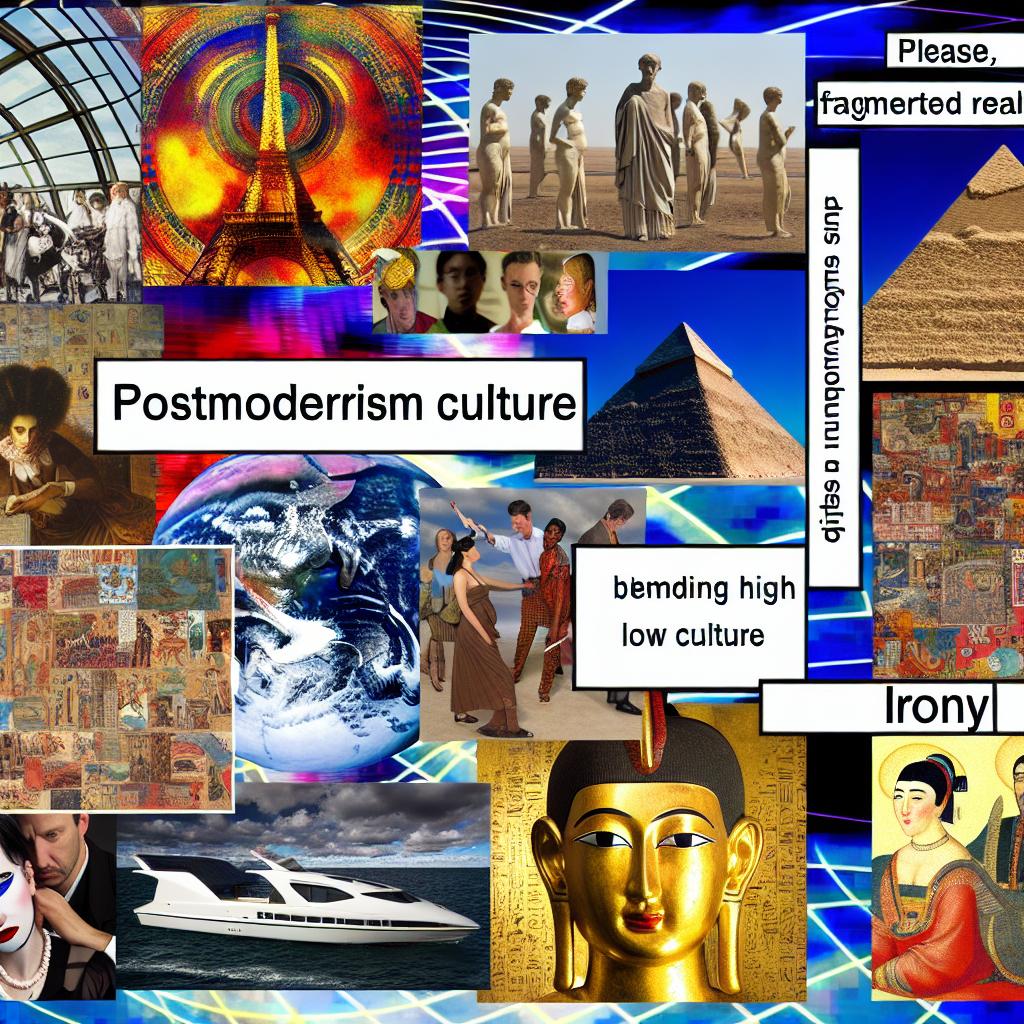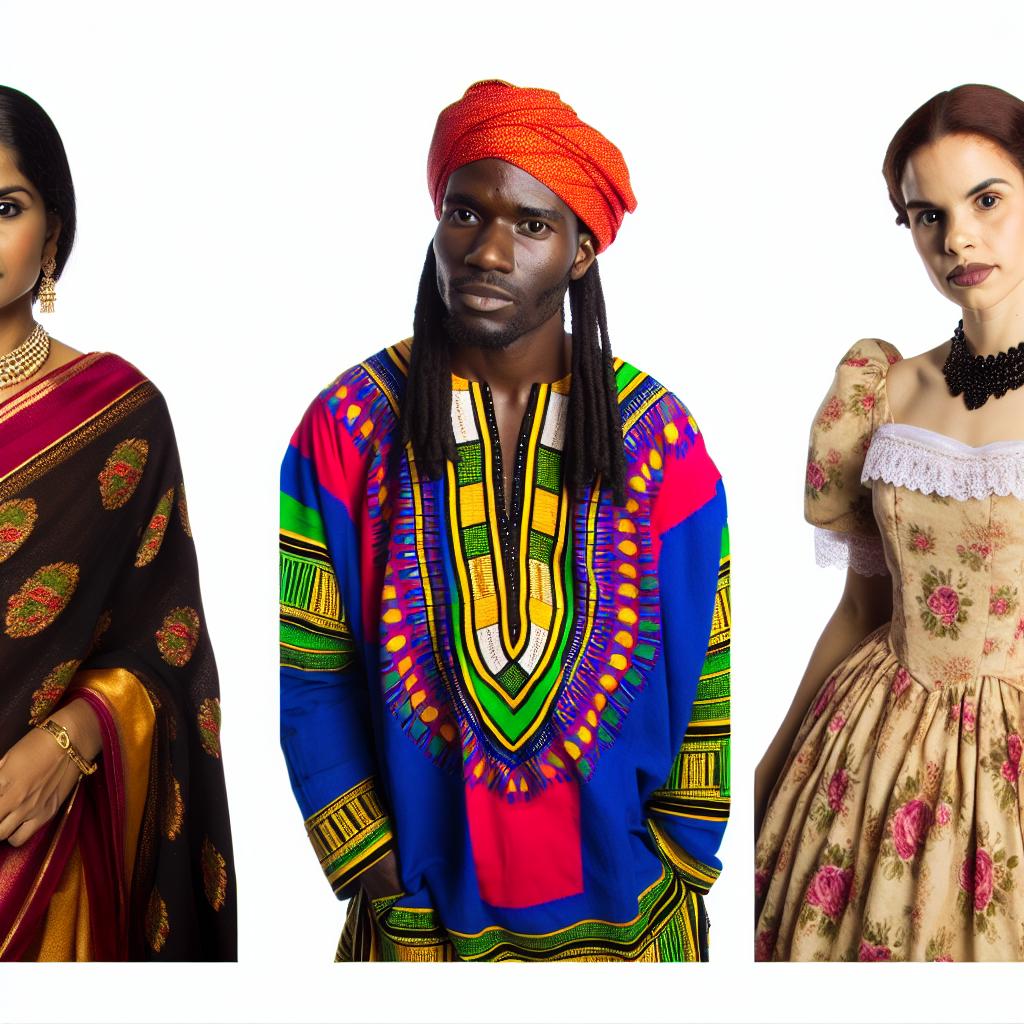Introduction to Postmodernism
Postmodernism is an intellectual stance or mode of discourse characterized by skepticism toward grand narratives and ideologies. It emerged as a reaction to modernism, emphasizing the role of language, power relations, and motivations in shaping realities. Unlike modernism, which sought universal truths and meanings, postmodernism embraces plurality, ambiguity, and contradiction. This document explores the intricate facets of postmodernism, its evolution as a significant intellectual movement, and its profound impacts across varied cultural domains.
Historical Context
Origins and Development
The roots of postmodernism can be traced back to the mid-20th century, a period marked by significant social, political, and economic transformations. Influenced by events such as World War II and the societal upheavals of the 1960s, postmodernism took shape in a context that challenged longstanding authorities and societal norms. The devastating effects of the war, combined with the civil rights movements and cultural revolutions of the 1960s, created an environment ripe for questioning traditional constructs and embracing a new way of thinking. By questioning the validity and universality of these constructs, postmodern thinkers began to deconstruct the grand narratives that had previously been accepted as truths.
Philosophical Influences
The evolution of postmodernism was significantly impacted by the work of key philosophical figures such as Jean-François Lyotard, Jacques Derrida, and Michel Foucault. Lyotard’s introduction of the concept of *incredulity towards metanarratives* encapsulated the postmodern attitude of skepticism. Derrida’s notion of *deconstruction* further emphasized the idea that meaning is not fixed and can be unstable, encouraging a deeper exploration of language and its implications in communication. Foucault’s examinations of power and discourse illustrated how societal structures and relationships influence truth and reality, offering a complex understanding of how cultural and historical contexts shape our perceptions.
Characteristics of Postmodern Culture
Postmodern culture distinguishes itself through several key characteristics that reflect its distinct philosophical underpinnings. These characteristics are not merely aesthetic choices but also serve as critical commentaries on cultural production and consumption.
Pastiche and Parody
In postmodern culture, *pastiche* and *parody* play central roles as methods of expression. By employing pastiche, artists can blend multiple styles, genres, or mediums, creating works that are both a critique and a celebration of existing cultural artifacts. These works often draw attention to the constructed nature of cultural products and question the assumption of authenticity. In a similar vein, parody employs humor and satire to challenge the authority of traditional forms and conventions, highlighting the fluid and arbitrary nature of meaning in the postmodern era.
Intertextuality
Intertextuality represents the shaping of a text’s meaning through its relationship with other texts. This concept challenges the notion that any work can be entirely original or stand in isolation. By acknowledging the interconnectedness of all cultural products, postmodernism blurs boundaries and encourages readers or viewers to consider how context, reference, and prior knowledge shape their understanding. This approach not only broadens interpretations but also underscores the instability of singular meaning in artistic and literary works.
Hyperreality
The term *hyperreality*, coined by Jean Baudrillard, describes a condition where the distinction between reality and simulation becomes difficult, if not impossible, to discern. In a postmodern culture saturated with images and digital media, simulations can replace or even surpass what is “real.” This phenomenon compels individuals to navigate a world where perceptions of truth and authenticity are continually mediated by representations that may or may not correspond to any underlying reality.
Impact on Arts and Media
Postmodernism has exerted a profound influence on various domains of arts and media, reshaping traditional forms and introducing innovative methods of expression.
Visual Arts
In the realm of visual arts, figures like Andy Warhol and Roy Lichtenstein exemplify postmodern aesthetics. Warhol’s use of commercial and popular culture elements, such as his iconic Campbell’s Soup Cans, and Lichtenstein’s adaptations of comic strips, challenge conventional notions of originality and authorship. By using techniques such as appropriation and replication, these artists illuminate the blurred lines between high art and mass culture, prompting viewers to question the distinction and value associated with each.
Architecture
Postmodern architecture signifies a departure from the minimalist principles of modernism, embracing ornamentation and eclecticism. Architects often incorporate playful elements, historical references, and a mixture of styles to create buildings that foster a complex and sometimes ambiguous relationship between form and function. This eclectic approach reflects postmodernism’s rejection of rigid rules and celebrates a diversity of styles and ideas.
Literature and Film
In literature and film, postmodernism manifests through narrative techniques like metafiction, unreliable narrators, and temporal distortion. These techniques encourage audiences to engage with texts and films in nonlinear ways, fostering active participation in meaning-making. Directors such as Quentin Tarantino, with works like “Pulp Fiction,” employ non-linear storytelling and intertextual references, embodying the layered and fragmented nature of postmodern narratives. These elements serve to challenge the audience’s expectations and invite deeper analysis and engagement.
Critiques and Controversies
Despite its innovative contributions, postmodernism has faced significant critiques and controversies.
Relativism
One major criticism of postmodernism is its embrace of *relativism*. Critics argue that by rejecting absolute truths and favoring diversity of perspectives, postmodernism leads to a form of nihilism where meaningful discourse becomes challenging. In this view, the absence of universal truths renders it difficult to determine what constitutes valuable knowledge or ethical behavior, undermining the potential for constructive dialogue and consensus.
Complexity and Accessibility
Another point of contention involves the complexity and perceived inaccessibility of postmodern texts and artworks. Critics contend that the dense, layered nature of these works alienates those outside academic or elite circles, thus limiting broader engagement and appreciation. This complexity can make postmodern works seem obscure or elitist, creating barriers to understanding and participation for wider audiences.
Conclusion
Postmodernism remains a significant intellectual movement that has reshaped cultural landscapes by challenging modernist ideals and promoting plurality and skepticism. Through its impact on various fields, from art and architecture to literature and film, postmodernism continues to play a critical role in understanding contemporary culture. While it generates ongoing debate and discussion, its influence is undeniable in the way it compels society to reconsider assumptions about truth, reality, and meaning. In doing so, postmodernism encourages ongoing reflection and critical analysis, contributing to a dynamic and evolving cultural conversation.



